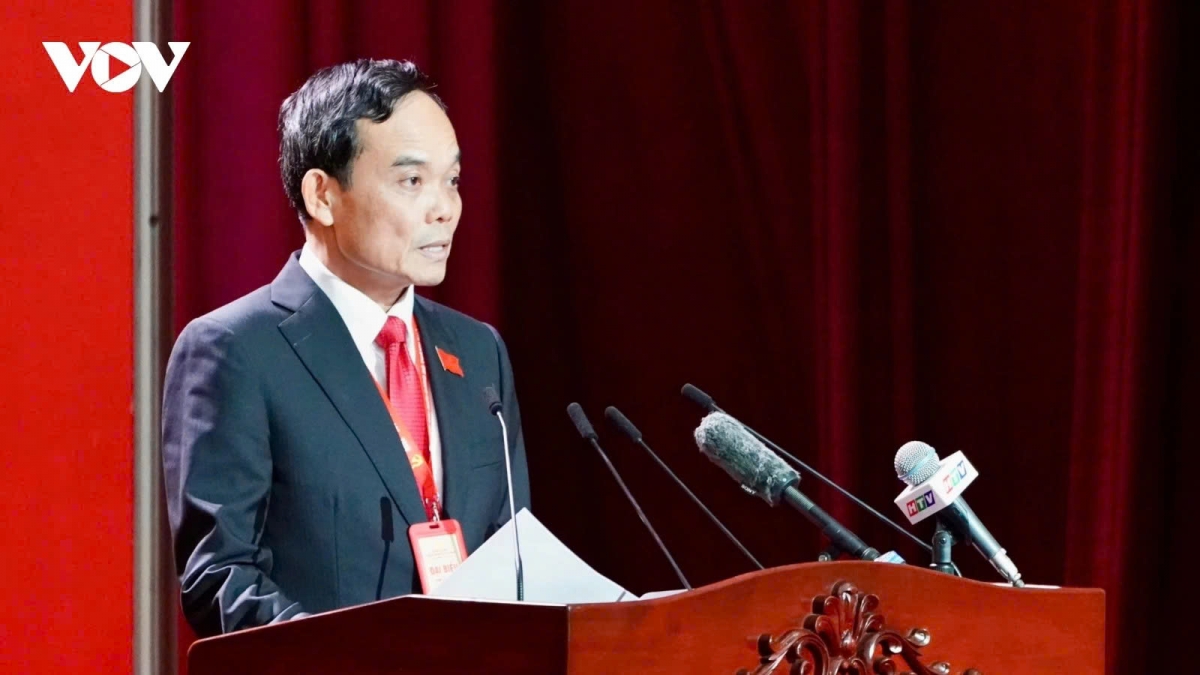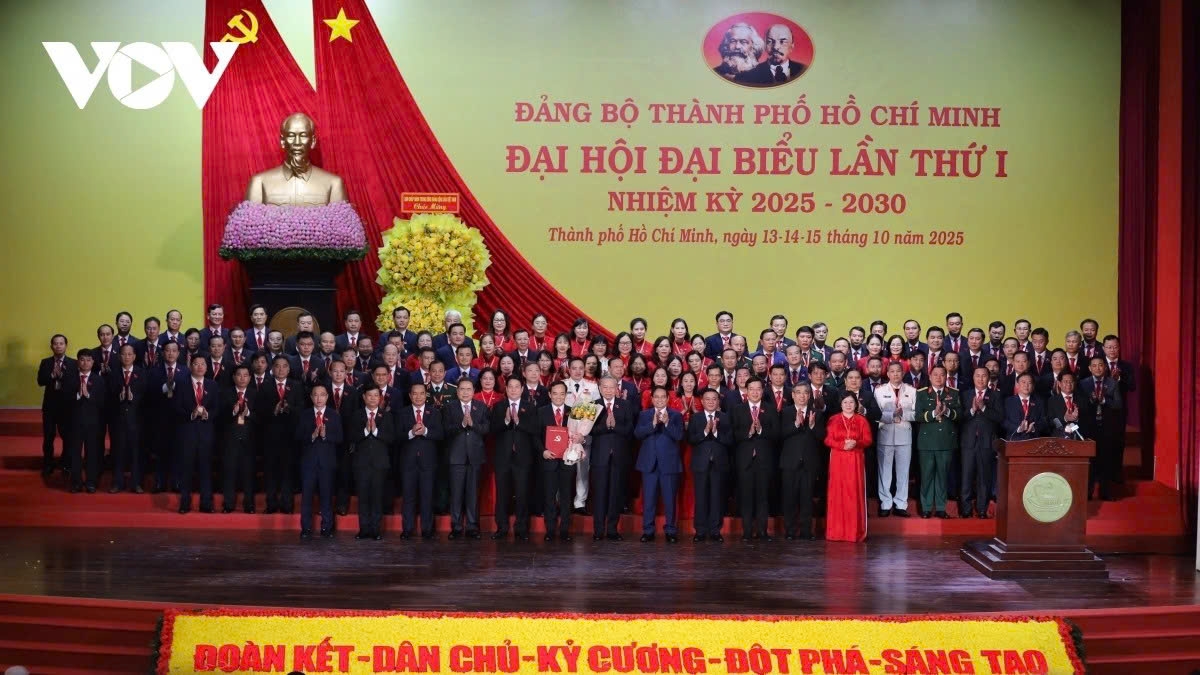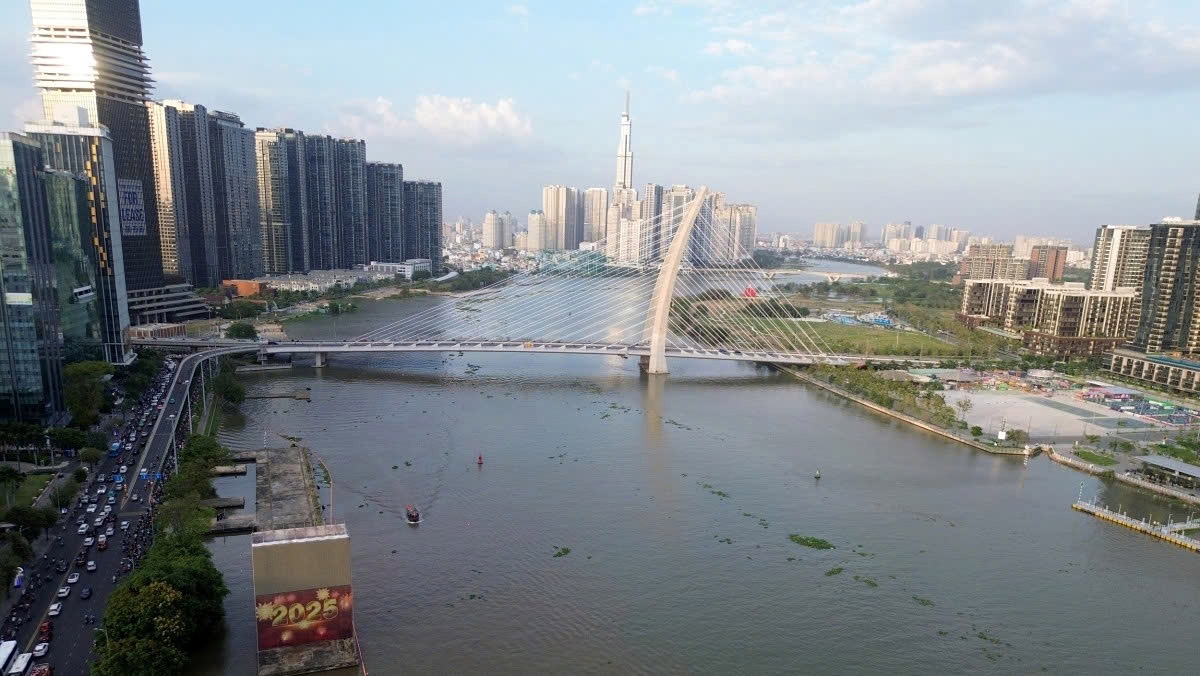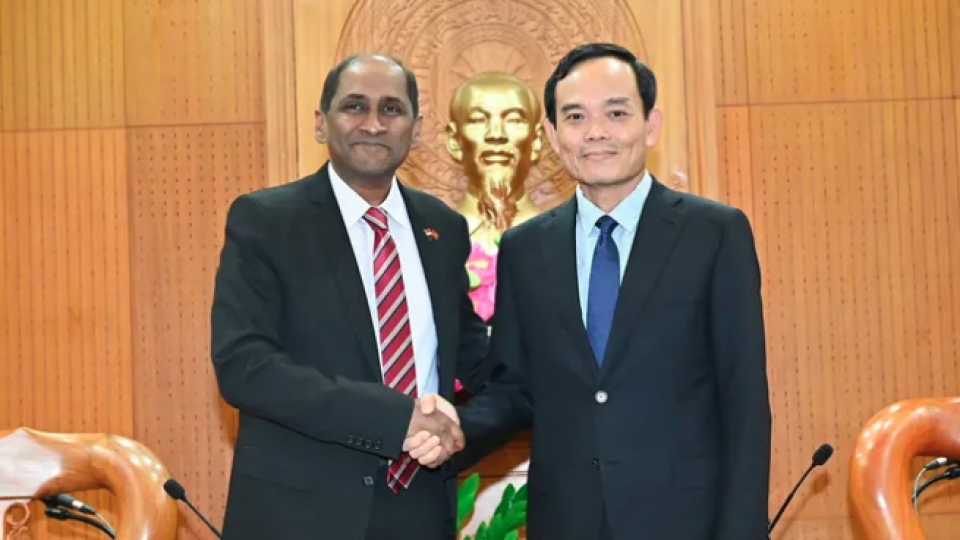HCM City sets sights on top 100 most livable cities by 2030
VOV.VN - Ho Chi Minh City is ushering in a new era of development, driven by an ambitious vision to rank among the world’s most livable cities by 2030 and evolve into a global megacity by 2045.

In a report presented at the first Congress of the Ho Chi Minh City Party Committee on October 14, Secretary of the City Party Committee Tran Luu Quang highlighted the city’s bold commitment to transformative growth.
The immediate goal is to position HCM City among the top 100 most livable cities globally by 2030, marking a major leap in quality of life, development scale, and urban character.
The long-term vision, looking ahead to 2045, is even more ambitious. It aims to build HCM City into a true global megacity, a leading economic, financial, tourism, education, and healthcare hub in Asia.
The city is expected not only to remain Vietnam’s primary growth engine, but also to become a premier global destination, an inclusive, creative, and sustainable metropolis for all.
To achieve such lofty aspirations, Quang said, HCM City must leverage its current strengths while also confronting new challenges. As Vietnam’s largest economic centre, the city contributes over 23% of national GDP and more than one-third of state budget revenue. With a per capita GRDP of over US$8,200, nearly double the national average, the city houses close to one-third of the country’s total number of enterprises and is widely seen as a magnet for foreign investment, bolstered by a dynamic business environment, a skilled workforce, and relatively advanced infrastructure.

But maintaining momentum is not enough, he said, adding HCM City must restructure its development model toward sustainability, inclusivity, and knowledge-based growth. This will require deep reforms in governance, from streamlining administrative structures to transitioning toward a modern, service-oriented local government that actively enables development rather than passively managing it.
Infrastructure remains a top priority. The city must accelerate investment in transport networks, logistics systems, and flood prevention projects while upgrading urban public spaces and residential quality. Essential public services, including health care, education, social welfare, and affordable housing, must be expanded and improved to elevate quality of life for all citizens.
Equally crucial is the transition to a digital and innovation-led economy. HCM City needs to cultivate a vibrant innovation ecosystem that attracts talent, startups, scientists, and global tech firms. Embracing digital transformation, fostering green and circular economic models, and investing in high-tech industries will ensure the city’s growth is not only fast, but also responsible and future-proof.

At the heart of this transformation lies people. The official called for a spirit of ambition and humility, urging party members, officials, businesses, and residents alike to avoid complacency and channel their collective aspirations into action. The city’s historic identity which is resilient in wartime, bold in reform, and creative in global integration must continue to be a defining asset in its next chapter of growth.
The Congress of the Ho Chi Minh City Party Committee was held following the merger of Binh Duong and Ba Ria–Vung Tau provinces into Ho Chi Minh City, forming the country’s largest urban-industrial-port complex. The Congress not only carries great political significance but also marks a historic turning point, ushering in a new phase of development for Ho Chi Minh City and the entire Southeast region.
During the Congress, key organisational decisions were announced. The Politburo appointed 110 members to the Ho Chi Minh City Party Executive Committee for the 2025–2030 term and named 7 members to the Standing Committee. Tran Luu Quang was appointed Secretary of the Ho Chi Minh City Party Committee, continuing his leadership of the city’s Party organisation as it embarks on this ambitious new chapter.





